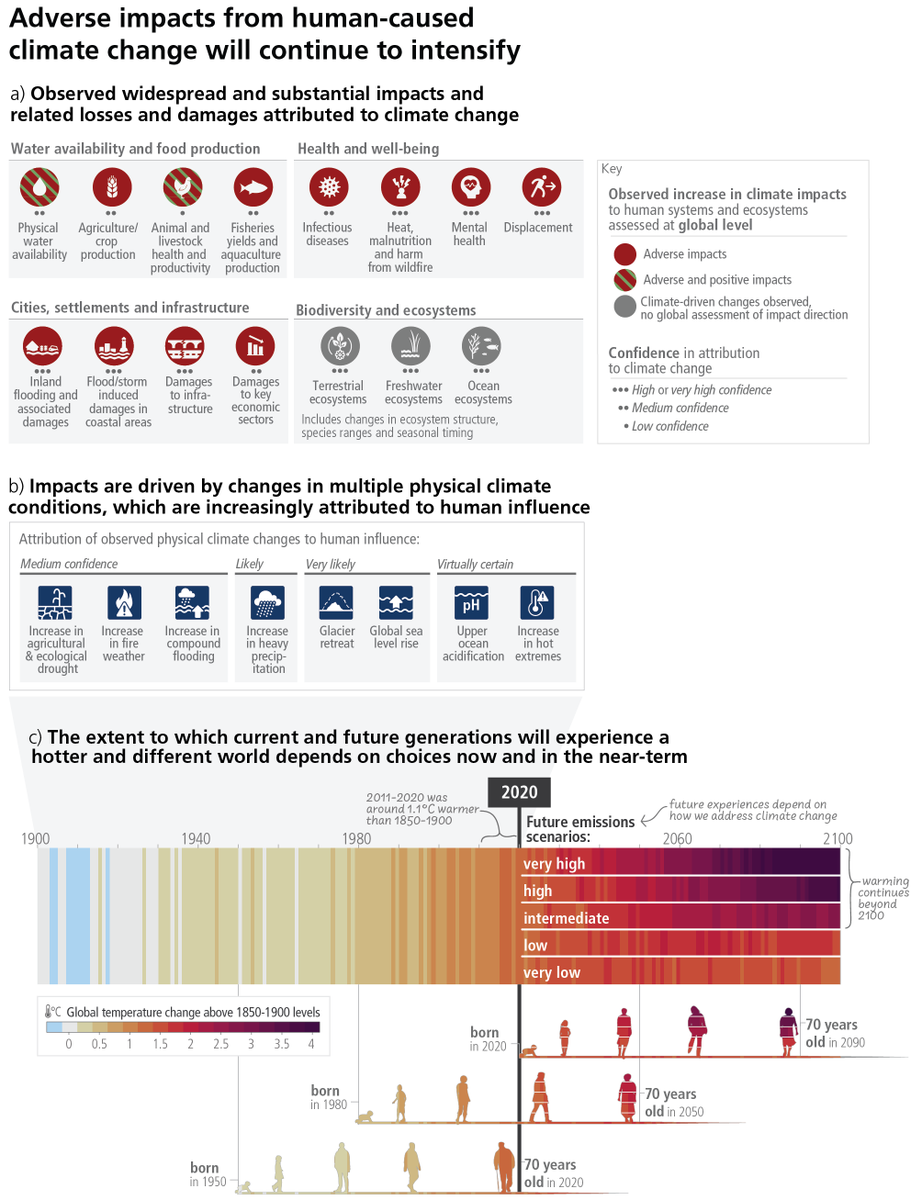Certainly a major step forward that China now aims to achieve 'carbon neutrality' by 2060, but it can't be directly compared to EU's and UK's targets for 'climate neutrality' by 2050.
Net zero GHG harder to achieve than net zero CO2, takes 10-20 yrs more
bbc.com/news/science-e…
Net zero GHG harder to achieve than net zero CO2, takes 10-20 yrs more
bbc.com/news/science-e…

The main reason is that non-CO2 emissions like nitrous oxide (N20) and methane (CH4) are much harder or impossible to mitigate, so they'll need to be offset by CO2 removal, which takes longer. Below global pathways. For countries, it depends on their specific emissions profile 

Confusion around net-zero CO2 & net-zero GHG is widespread (see thread below)
Rule of thumb: whenever you hear 'net zero', ask "CO2 or GHG"? If only CO2, then add 10-20 years if you compare to EU or UK
Usually, national climate targets are in GHG, not CO2
Rule of thumb: whenever you hear 'net zero', ask "CO2 or GHG"? If only CO2, then add 10-20 years if you compare to EU or UK
Usually, national climate targets are in GHG, not CO2
https://twitter.com/Oliver_Geden/status/1307289727771594757
sorry that I have to stress this, but even German enviro minister @SvenjaSchulze68 confuses net-zero CO2 and net-zero GHG here, calling Xi's 2060 announcement one on 'climate neutrality'. It isn't
https://twitter.com/SvenjaSchulze68/status/1308710731043536896
And as always, @Peters_Glen was the first one to provide some numbers on Chinese net-zero CO2 pathway (while I was still sleeping...)
https://twitter.com/Peters_Glen/status/1308671174621233152
More detailed analysis here, although I'd add this comes close to a modern version of what has been dubbed 'fallacy of misplaced concreteness' in 1920s.
China made an announcement, this has effects in models, based on assumptions that could be questioned
China made an announcement, this has effects in models, based on assumptions that could be questioned
https://twitter.com/climateactiontr/status/1308749421232795649
• • •
Missing some Tweet in this thread? You can try to
force a refresh
















